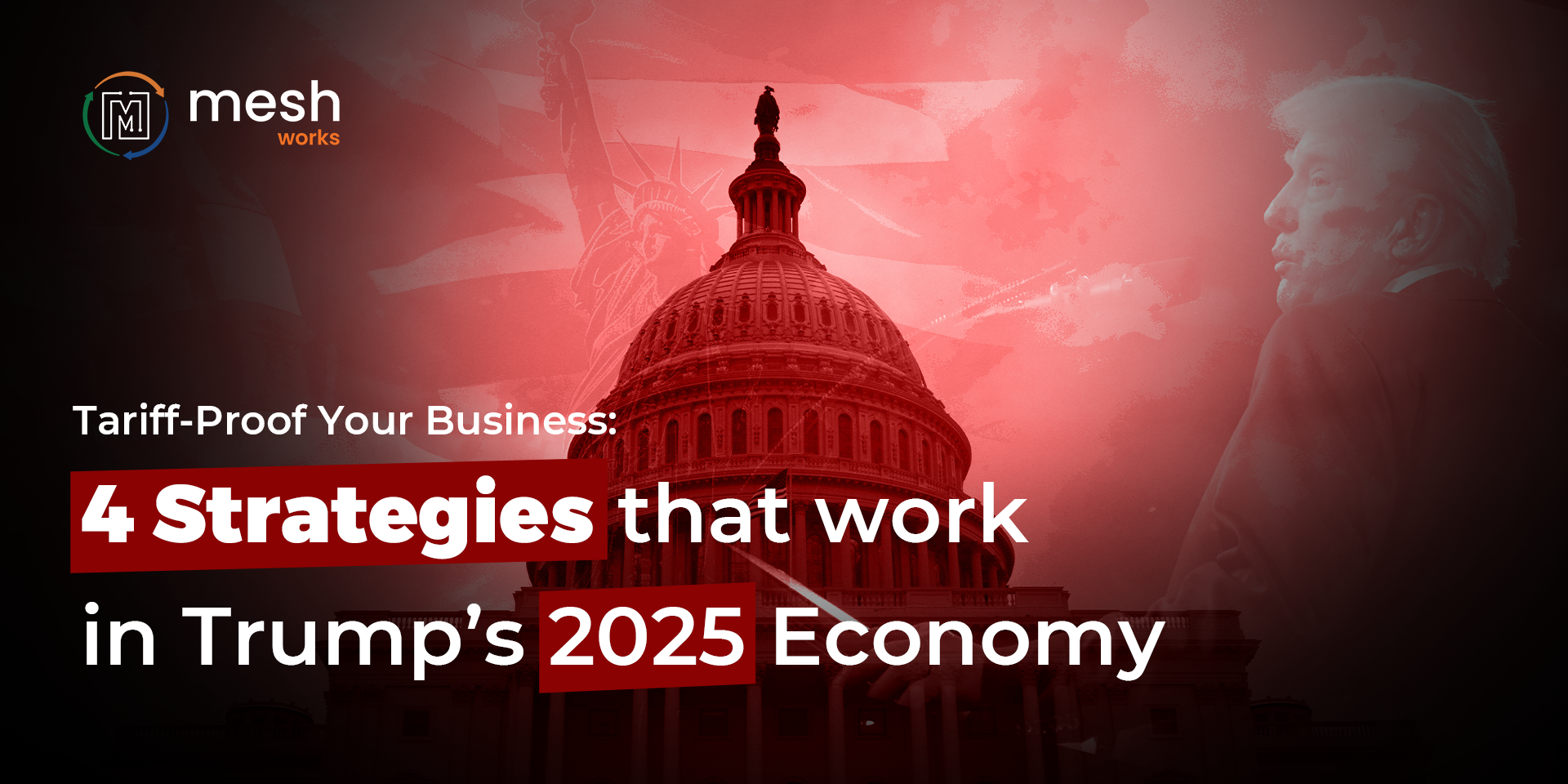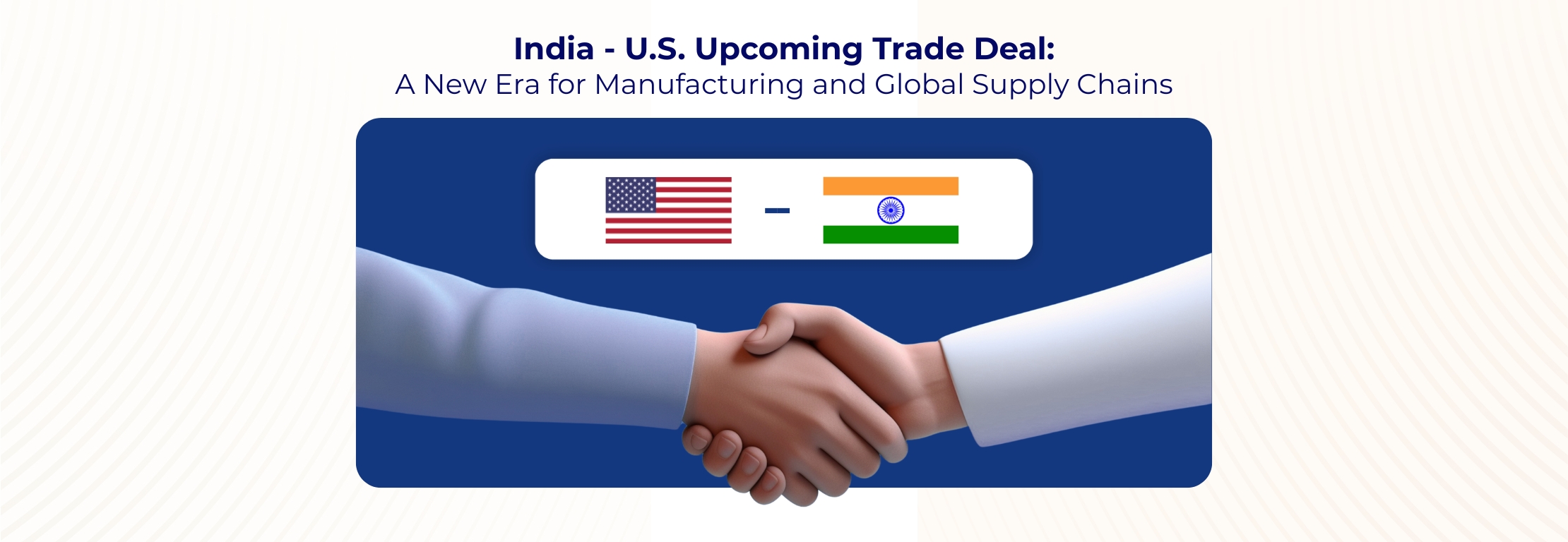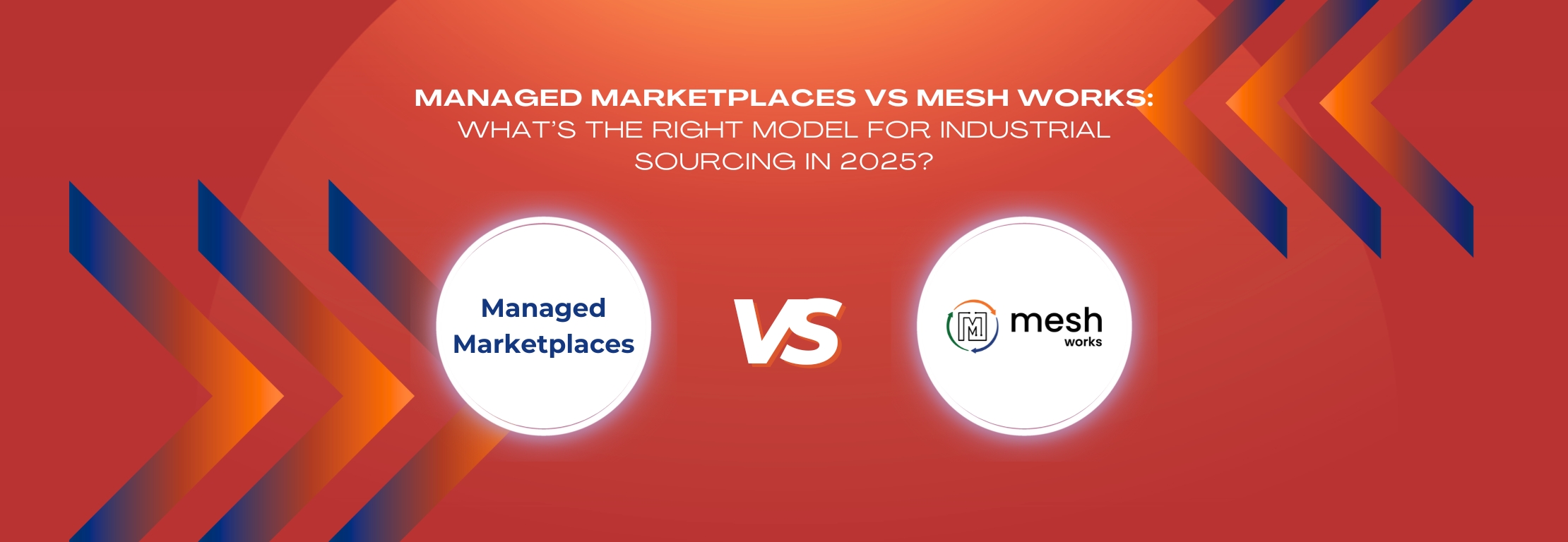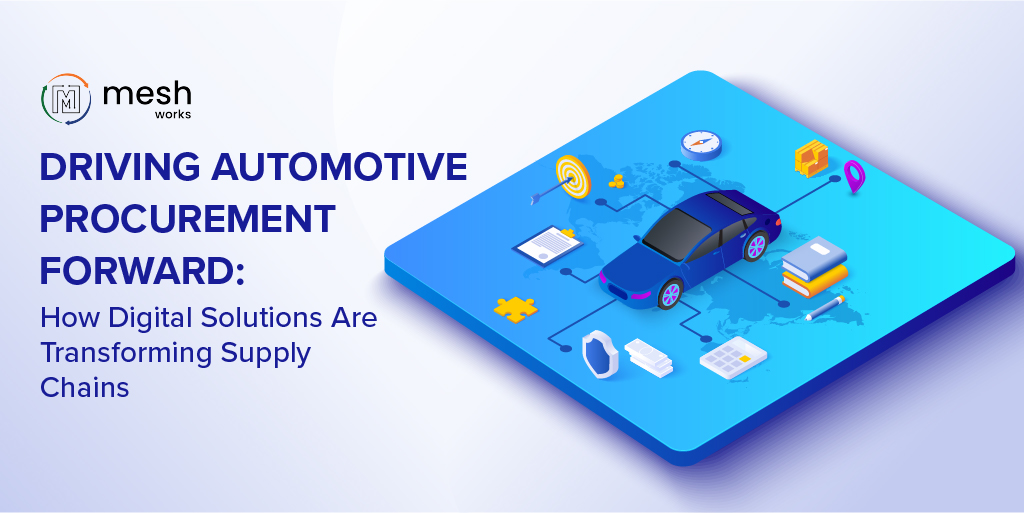On April 2, 2025, the U.S. government enacted sweeping new Trump 2025 Tariffs—54% on goods from China, 46% from Vietnam, and 27% from India. The average business can expect an approximately 23% increase in import costs. These tariffs are fundamentally changing the way businesses operate & forcing companies to rethink sourcing strategies.
So, what should businesses do next?
Here are 4 practical ways companies can respond to the new tariff landscape:
1. Rethink Where You Source
Tariffs have made China-centric supply chains expensive and geopolitical issues have made it too risky. It’s time to diversify to new emerging manufacturing markets.
What to Do:
Adopt a “China+1” or “China+2” sourcing model: Add India, Vietnam, Indonesia, or Eastern Europe to your supplier mix. According to Procurement Tactics, over 50% of companies plan this year to implement multi-shoring strategies (sourcing from multiple countries) to better reduce risk.
Embrace global sourcing + nearshoring: Mexico is a top choice due to favorable trade agreements (USMCA), a skilled labor force, and close proximity. India or Vietnam can also be top alternatives with more favorable costs.
Find new suppliers: Use platforms like ThomasNet and MESH Works to discover & validate manufacturers to make supplier selection faster & easier.
Pro Tip: Dual- or triple-sourcing high running or critical parts can reduce disruption from tariffs, pandemics, or political shocks.
2. Rethink How You Ship and Price
How you move your products—and how you price them—can make or break your margins. Companies must be innovative & creative in how they setup their transportation & supply networks to reduce the impact of tariffs. Pricing in the age of constantly changing tariffs has been a moving target that is hard to hit.
What to Do:
Change Incoterms Strategically: Move from DDP (where sellers pay all duties) to FOB or EXW, shifting tariff responsibility to buyers.
Explore Tariff Engineering: Modify products or packaging to qualify for lower tariff categories. Last mile services on components where the last 10% of production is done in Mexico (other 90% in Asia) can be an example of how to work around tariffs.
Optimize freight contracts: With rising landed costs, it’s a good time to renegotiate shipping rates, consolidate shipments, or explore alternative ports that reduce the total cost of delivery.
Pro Tip: Update your TCO (Total Cost of Ownership) & landed cost models regularly. What was affordable last year may not be today.
3. Be Proactive and Transparent
Tariffs aren’t just a supply chain issue—they’re a communication issue too. The nature of the system is that one small change can affect many others downstream or upstream, which requires even more communication. How you manage the conversations both internally & externally with customers matters just as much as your sourcing decisions.
What to Do:
Tell your customers what’s happening: They’ll appreciate the honesty—and it builds trust.
Watch for exemptions: Some products may qualify for relief under trade programs or special exceptions with import codes & duty rates.
Train your teams: Make sure procurement and logistics staff understand the new rules and the financial implications.
Pro Tip: Create an internal team that is responsible for managing everything that goes along with tariffs – how to respond, what is the financial impact, etc. which is responsible for also communicating throughout the organization as things change constantly.
4. Digitize to Adapt Faster
Tariff volatility isn’t going away—and manual, spreadsheet-driven sourcing strategies can’t keep up. Companies need digital agility to navigate these shocks in real time.
What to Do:
Adopt digital sourcing platforms: tools like MESH Works make supplier discovery, identification & qualification much faster & easier — so you can pivot quickly when tariffs strike.
Automate landed cost calculations: Plug real-time tariff data into your cost models so you can instantly see how sourcing changes impact margins.
Use AI to model scenarios: Run “what-if” simulations to compare costs across geographies, modes of transport, or Incoterm choices. The goal? Always have a plan B—and C.
Pro Tip: The companies that thrive during trade disruptions aren’t always the biggest—they’re the fastest at making informed decisions with the most data available.
Final Word
Tariffs are changing fast—and so must your sourcing playbook. This is reshaping global sourcing strategies overnight. Companies that move quickly to diversify suppliers, expand sourcing networks, rethink cost structures, & stay transparent will be the ones who gain a competitive advantage while other struggle.
Need help in identifying new capable suppliers for your next contract manufacturing project? MESH Works can help. We make supplier identification faster & qualification easier.





